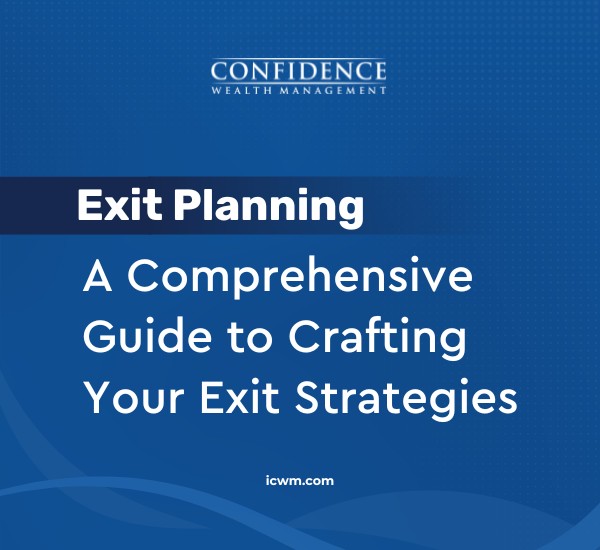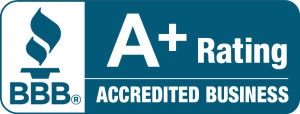Every year, more clients are shocked by how much they have to pay in taxes. Whether it’s their IRA, 401(k), or another tax plan, they seem less prepared every year, and that’s understandable.
Everyone knows the tax code is a convoluted mess, but few realize just how many hidden penalties lurk in the paperwork and how easy it is to have the system misunderstand you.
It’s key to start thinking about retirement early and to lay your plans carefully through four stages. Here’s how tax planning changes through four stages of retirement, and how to avoid surprises.
The Stages
In Stage One or pre-retirement, you want to gear up your savings in preparation for getting off the work train.
This is when you’re approaching the top level in your field. You’re making more money, and so can afford to park more away.
Stage Two, early retirement, is what we call the “go-go” years.
This is when you’re between 60-70, have reached the peak of your career, and are making the most you’re going to make. Think of it as the top of the retirement rollercoaster.
Stage Three, middle retirement, is when the rollercoaster goes into its downslope.
You’re in your 70s now and are ready to enjoy your golden years and what you’ve saved.
Stage Four, late retirement, is the no-go stage.
This is what you’ve been preparing for the most. You’re over 80 years old and need to make money on the money you’ve saved so you can enjoy the rest of your life in peace.
Retirement Surprises
People forget to account for inflation when planning for their retirement, especially earlier on. They think of their future costs in current dollars, not realizing how everything’s cost will grow with inflation.
Many also discount how long they’ll live. While a great outcome in isolation, it’s not so great if you don’t have the money you need to continue enjoying life.
The final two are expenses and healthcare. Many future retirees don’t consider how much it will cost them to keep living their current lifestyle given what they’ll need to pay for healthcare.
Avoid the Surprises
Know what your after-tax retirement savings picture looks like before retiring. So many people look at their 401(k) or IRA, see $500,000, and think that’s what they have. It’s not. Uncle Sam will wet his beak, and you want to be prepared for it when he does.
If you’re already retired, you’ll want to start evaluating next year’s potential tax bill before you start tapping assets in the new year. Remember that Social Security and Medicare have “tax traps” and you need to plan for them.
For example, if you withdraw money from your IRA, it can push you into a higher tax bracket and the IRA might tax your Social Security benefits. That higher income (i.e. withdrawing assets) can also cause potentially hundreds of dollars a month in extra payments on your Medicare premiums.
So make sure to plan how and when you want to use taxable, tax-deferred, and tax-free assets when looking at your retirement goals.
Manage your income and tax brackets.
Some actions to take are:
- Drawing down your IRA now, so that your required minimum distributions (RMDs) won’t have as large an effect on Social Security taxation and Medicare premiums.
- “Filling your tax bracket” in lower-income years through Roth conversions or selling appreciated stock to take advantage of a lower tax rate.
- Donating your RMDs directly to charity to avoid paying income tax on the distributions, through what is known as a qualified charitable distribution (QCD).
Think about step-up basis strategies for your heirs
There are multiple ways to leave IRAs as an inheritance. Make sure your heirs get the best and easiest transfer possible.
Long-term care is a major concern for many people. You need to plan how you will fund this likely expense, and still leave an inheritance for your heirs.
The Solution
We understand if this seems overwhelming. The IRS designed it to be. If you think you can’t navigate this, feel free to reach out to us for help.
We can anticipate how and when you tap assets to cover your expenses, guide you through the range of taxes you will face at various stages, and manage your actions so you pay as low a tax rate as possible.










